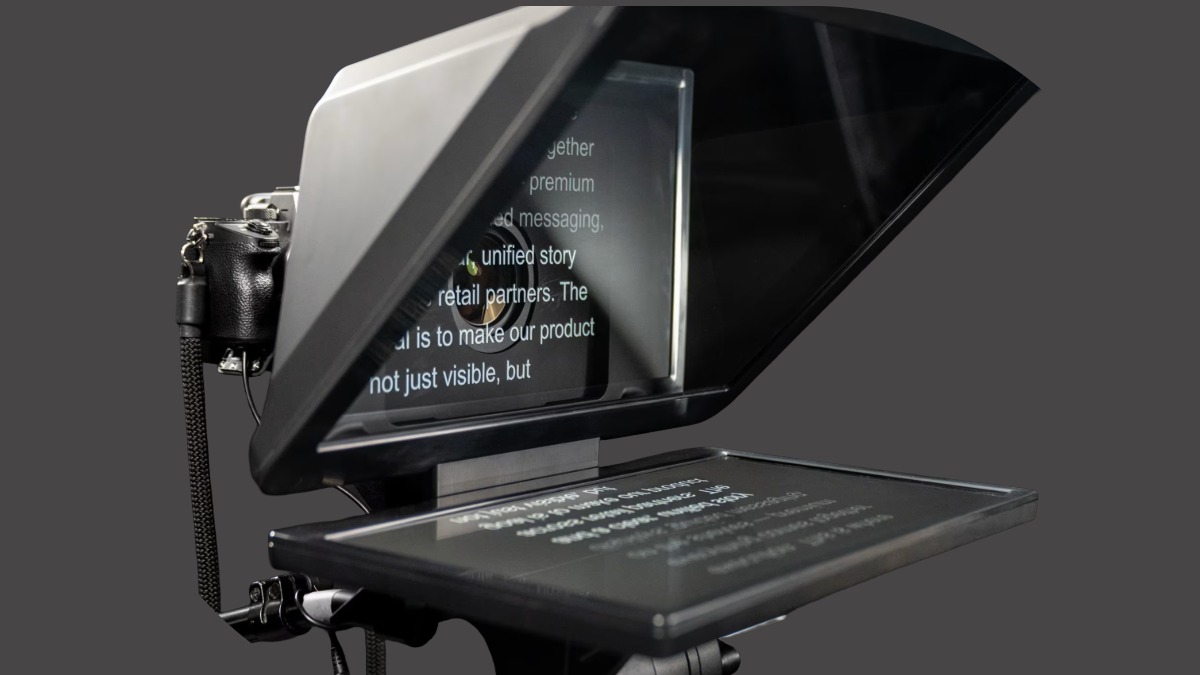- BASF and Carlyle reach binding transaction agreement on coatings business to create a leading standalone company Carlyle
- Carlyle nears €7bn deal for BASF unit Financial Times
- Carlyle : BASF and Carlyle reach binding transaction agreement on coatings business to create a leading standalone company MarketScreener
- Who might buy BASF Coatings? Industry views beyond Carlyle European Coatings
- Carlyle is front-runner to buy BASF’s coatings business, says source Reuters
Author: admin
-
BASF and Carlyle reach binding transaction agreement on coatings business to create a leading standalone company – Carlyle
-

Bridging the Sex and Gender Gap in Biomedical Science
Modern medical research plays a vital role in generating knowledge that can be translated into clinical practice to improve healthcare. Yet despite legislative progress, sex bias persists: male subjects – whether cells, animals or humans…
Continue Reading
-

Have Astronomers Finally Found The Universe’s First Dark Stars?
Within the first few hundred million years after the Big Bang, the universe’s first stars began to form from clouds of hydrogen and helium. However, observations from the James Webb Space Telescope (JWST) have revealed objects in…
Continue Reading
-
Duke of Edinburgh Attends ‘The Tempest’ at Shakespeare North Playhouse – Knowsley News
- Duke of Edinburgh Attends ‘The Tempest’ at Shakespeare North Playhouse Knowsley News
- Duchess Sophie to join Prince Edward for special outing after Congo trip Daily Jang
- Royal visitors to attend special performance in Prescot St Helens Star
Continue Reading
-

Elgato Prompter XL Launched – Expanded Size and Improved Support for Studio Setups
Elgato has introduced the Prompter XL, a full-sized teleprompter designed for DSLR, mirrorless, and studio cameras, offering a 15.6-inch Full HD display and extended reading distance capabilities. The device combines teleprompting and monitor…
Continue Reading
-

Potato protein market expansion incoming?
Potato protein market growth driven by health trend: Summary
- The potato protein market is expected to see a CAGR of 6.05% between 2025 and 2030
- Demand for food grade potato protein is rising
- High digestibility and amino acid profile support sports…
Continue Reading
-
India and Taliban Government Expand Ties as Explosions Rock Afghan Capital – The New York Times
- India and Taliban Government Expand Ties as Explosions Rock Afghan Capital The New York Times
- Afghanistan accuses Pakistan jets of attacking Kabul BBC
- Taliban blame Pakistan after explosions in Kabul, amid outreach to India Al Jazeera
- Explosion…
Continue Reading
-

“Like putting on glasses for the first time”—how AI improves earthquake detection
On January 1, 2008, at 1:59 AM in Calipatria, California, an earthquake happened. You haven’t heard of this earthquake; even if you had been living in Calipatria, you wouldn’t have felt…
Continue Reading
-

From lindens to ‘Barry Lyndon’ — an Irish castle adventure
This weekend, Ireland is in my mind’s eye horticulturally, filmically and, in a curious way, spiritually. In his best-selling book Meetings With Remarkable Trees, the Irish landowner and historian Thomas Pakenham engaged with 60 stupendous…
Continue Reading
-

Thunderstruck Ag’s Razors Edge Concaves Named To TIME’S List Of The Best Inventions Of 2025
WINKLER, Canada–(BUSINESS WIRE)–Thunderstruck Ag, a global leader in farmer-first innovation, today announced that its Razors Edge Concaves have been named to TIME’s List of the Best Inventions of 2025, which spotlights 300…
Continue Reading